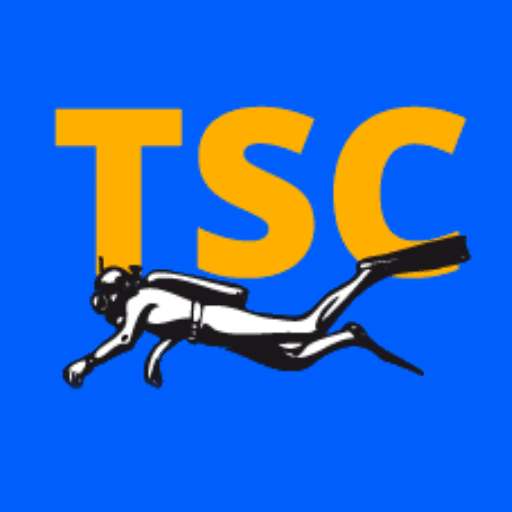Effective on-page SEO also improves user experience, which can increase engagement and conversion rates. Technical aspects include optimizing site speed, ensuring mobile responsiveness, and improving URL structures. Authoritativeness shows that you are a trusted source in your niche. Building backlinks from reputable sites, gathering positive reviews, and sharing endorsements can strengthen your authority. Publishing detailed, well-researched content also contributes to this. One important metric is bounce rate, which measures the percentage of visitors who leave your site after viewing only one page.
- Search engines prioritize websites that are fast, mobile-friendly, and easy to navigate.
- If a shopper is won over by your product description, you need to make it easy for them to add that item to their cart.
- But you can also run searches like “#journorequest” along with your niche on social media to find potential opportunities.
- In addition, you should regularly add new pages of content to your site so that search engines will see that you’re hard at work for your customers.
📝 1. Predictive Search Features
After all, providing searchers with relevant and useful information is what search engines need to do every second. Off-page SEO embodies any efforts implemented outside of a website to improve its search engine rankings. It’s currently in beta, but the new AI Content Grader in Ahrefs finds “missing” subtopics. It does this by comparing the content of the three top-ranking pages for your target keyword to your content. Google says that title tags are often the main piece of information searchers use to decide which result to click on.
Before publishing content (text, images, audio, or video), the first step is to do keyword research. The page meta description is shown on the search engine results page (SERPS). It has to be descriptive, up to 200 characters, and unique for each page. No need to include your domain in the title – There is no need to include your domain name in the title because this is added automatically by Google. You can make use of the 70 characters to provide an accurate description of the page. An exception to this rule is when you have a strong brand that people can easily recognize.
The Best Reddit Digital Marketing Advice
Integrate keywords naturally without compromising the readability of the text. It’s advisable to revisit on-page SEO strategies quarterly or whenever major updates are made to Google’s algorithm. Regular audits help identify opportunities for improvement based on changing user behavior and market trends. For instance, a B2B marketing firm SEO Anomaly may update their keyword strategy to align with emerging industry terminologies and client pain points.
Though they’re not considered a ranking factor, they’re an essential aspect of on-page SEO as they help improve click-through rates. Internal linking between new content and primary landing pages also signals content depth to search engines increasing their trust in your site. Backlinks help search engines determine which pages are more important across the internet. Internal links help search engines understand which web pages are most important within your own site. It also aligns with voice search queries and mobile-first indexing.
If you’re opting to blog, make sure your content is well written and written with your audience in mind. There is no use in creating content if your audience doesn’t understand it. When you set a URL for a page, you’ll want to include the keyword in the URL. If you’re trying to rank for a particular keyword, Google will look for it in your URL, too. By placing it in the URL, Google will understand the context of your page better. If Google saw your title said “How to Change a Tire” but your page just listed different types of tires, they wouldn’t rank your page for that keyword.
Like title tags and meta descriptions that are too long, too-long URLs will also be cut off with an ellipsis. Just remember, having a descriptive URL is just as important, so don’t cut down on URL length if it means sacrificing the URL’s descriptiveness. You may recognize some auto-generated content by how little it makes sense when read — they are technically words, but strung together by a program rather than a human being. This understanding of on-page elements sets the stage for a detailed review through the checklist, ensuring each aspect is optimized to enhance your B2B site’s SEO and user experience. Though not a direct ranking factor, meta descriptions provide a summary of the page content.
